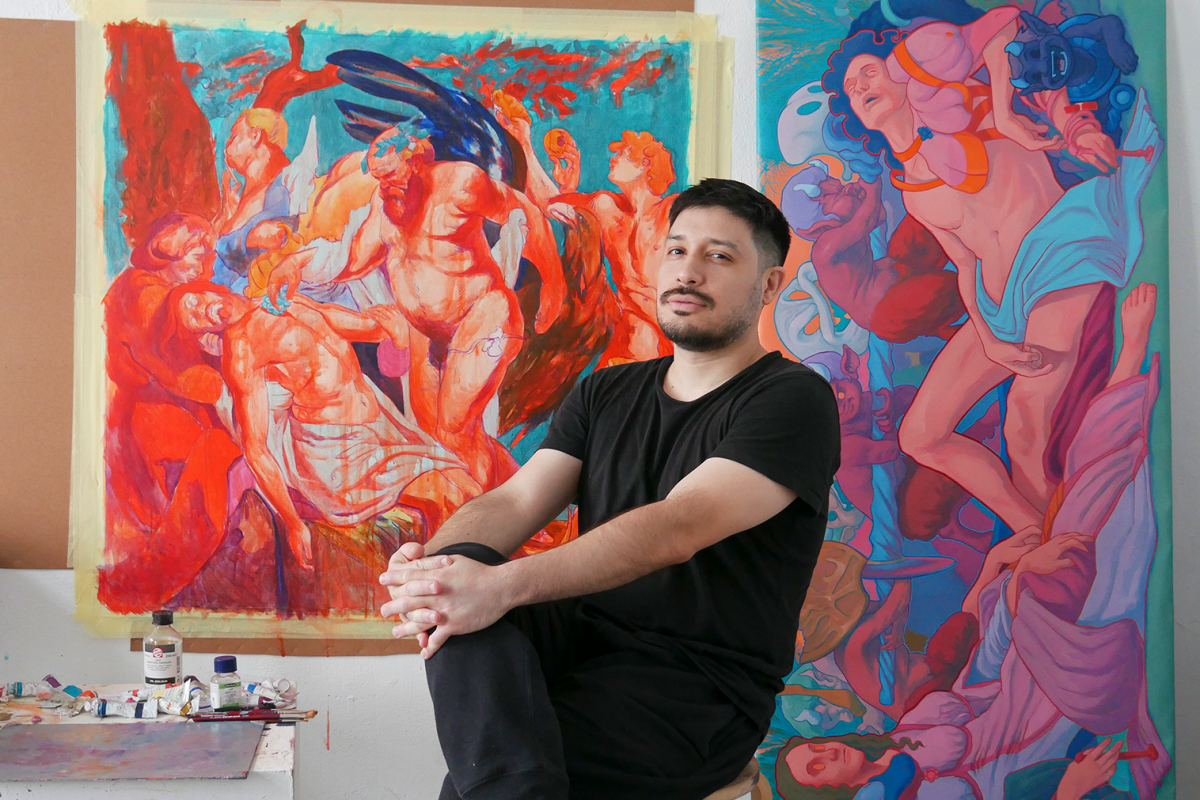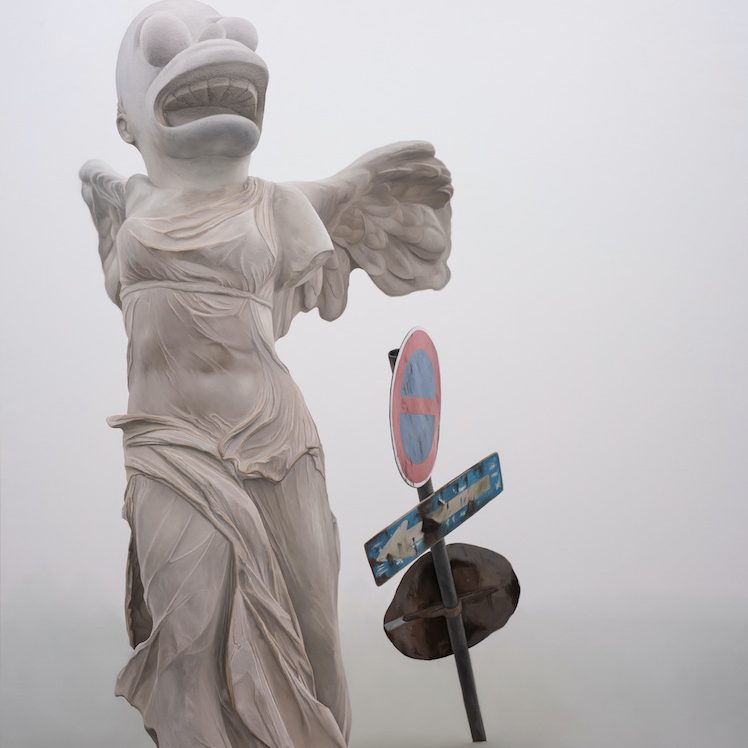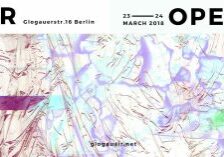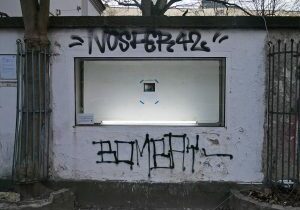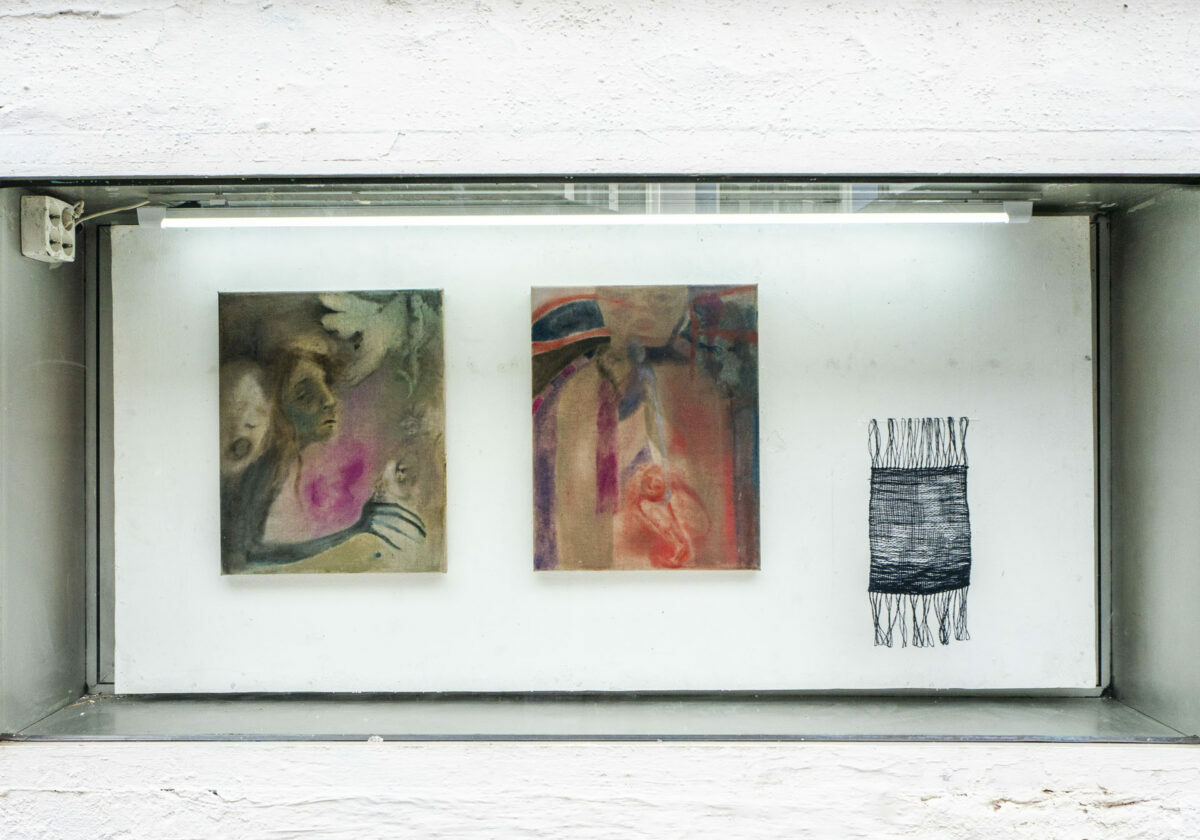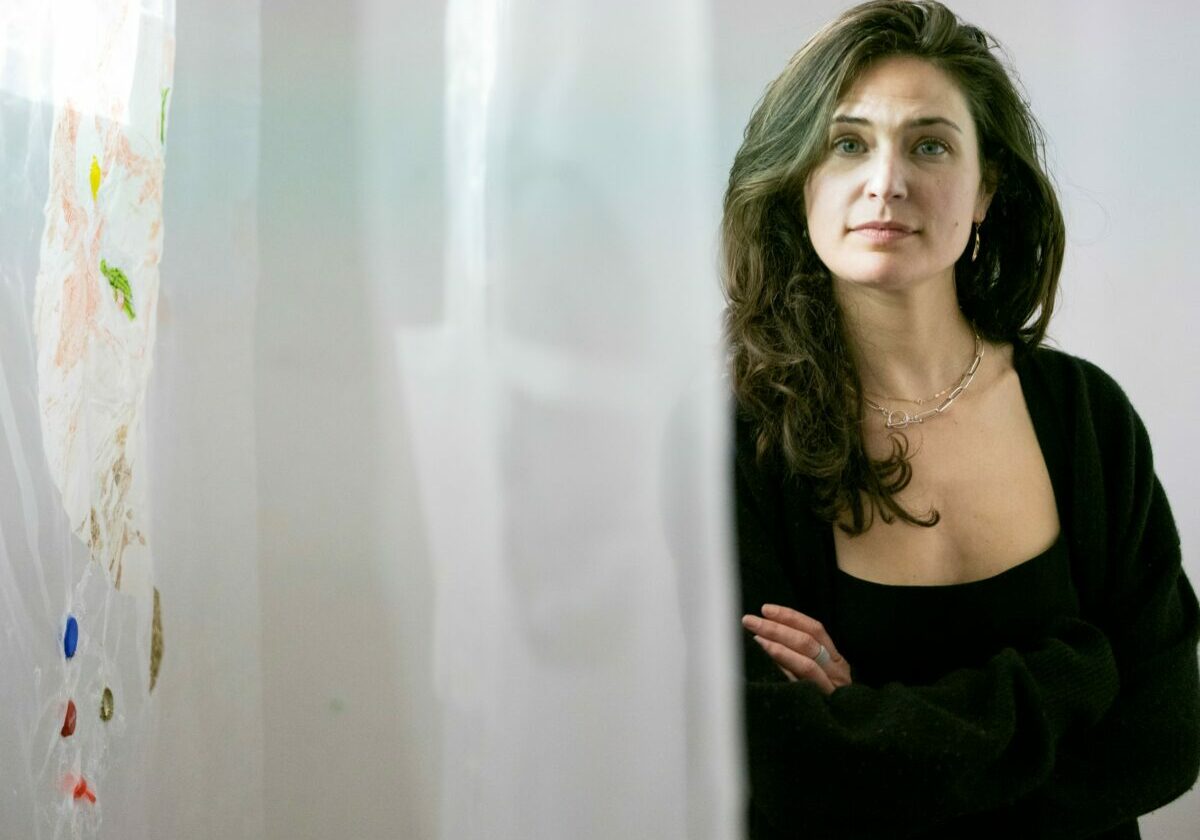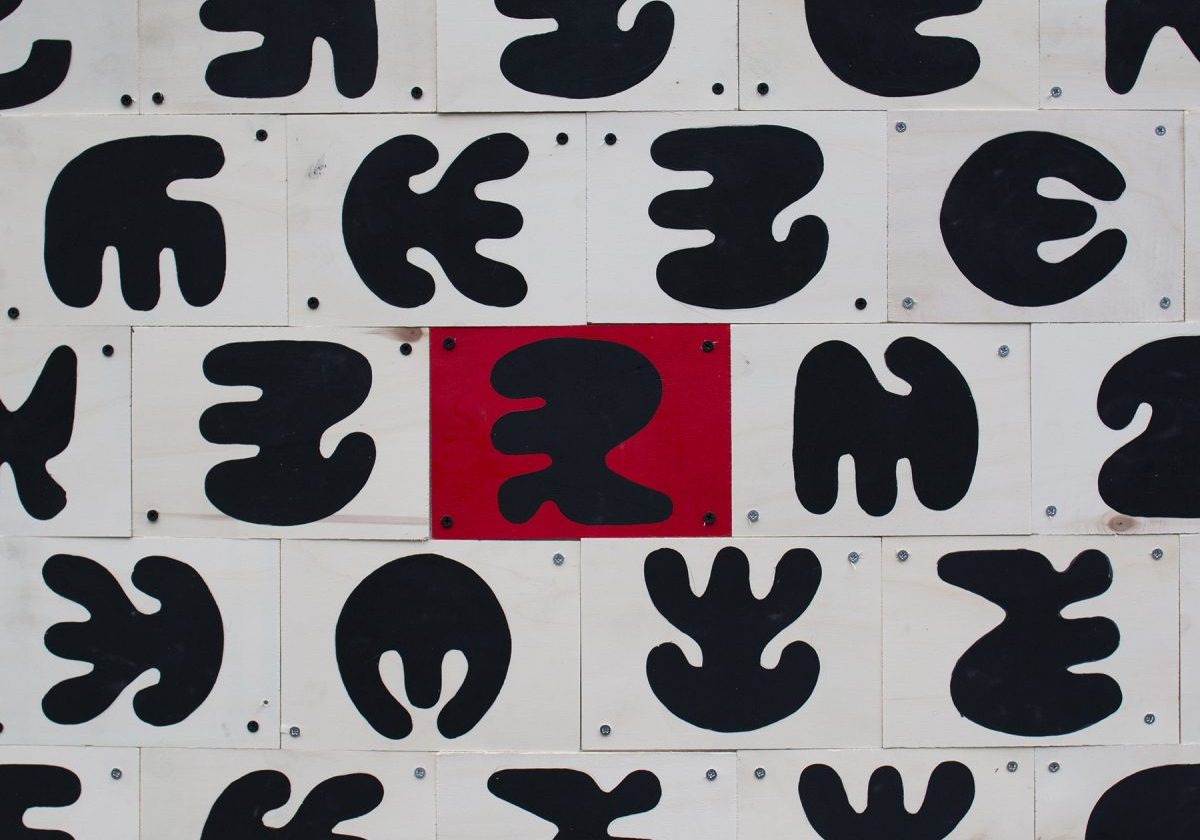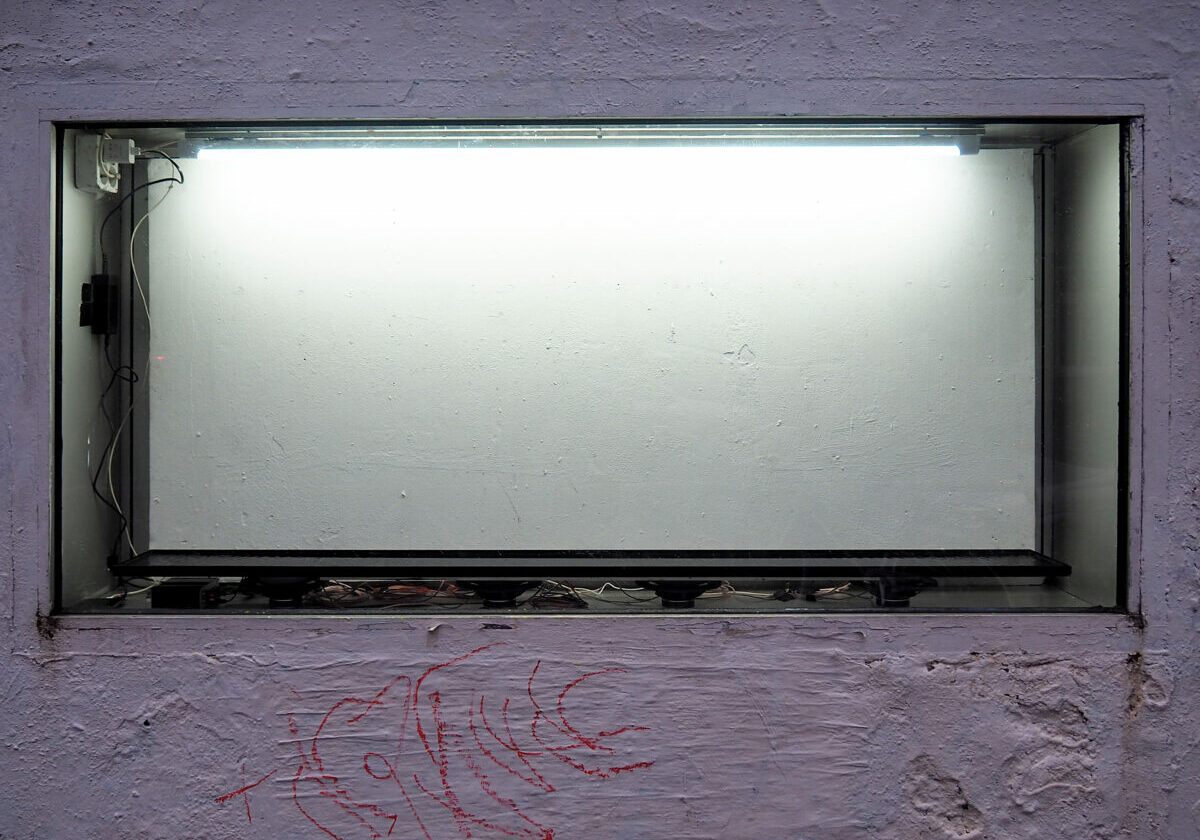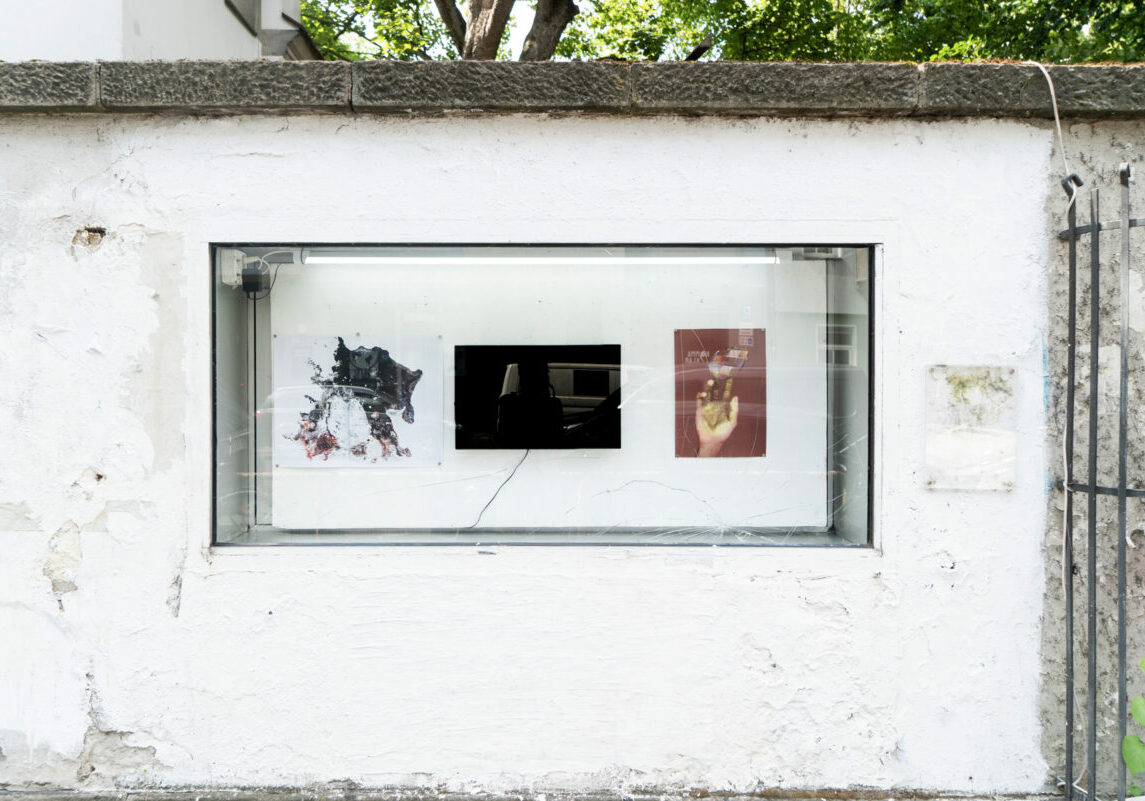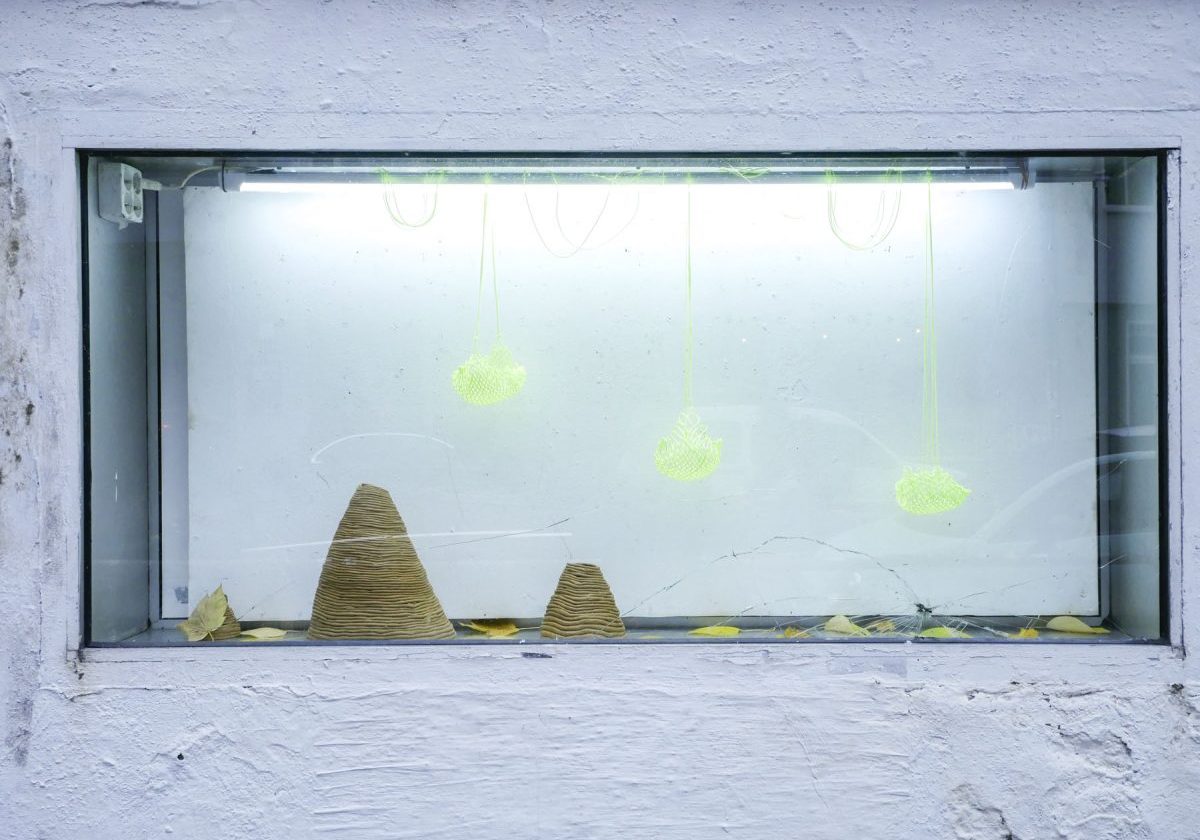Meet the Artist // Nelson Hernández
Nelson’s work remixes iconic images from popular culture and art history through painting, blending digital and traditional media with irony and humour. By assembling digital scenarios from various sources, he constantly reinterprets the real and the digital, finding beauty in the mundane.
He’s looking into a new artistic venture, exploring photogrammetry to capture detailed 3D spaces and objects. By merging toys, artworks, and street furniture, he creates digital spaces that symbolize postmodernism. His work is also inspired by the city of Berlin.
Can you start by giving an introduction about yourself and about your background? How did you get into art?
Well, I am Nelson, I’m a painter from Chile. I was born in Patagonia, which is in the southeast part of the country.
As for how I got into art, if you want to go deep into the past, I had a really big influence from my father. He’s a medical doctor, but at the time he also used to paint and make wood sculptures. I grew up looking at books about art and thinking that art was the most important thing a person could do. I don’t know if it is the most important thing, but when I was a child, I used to think in that way.
Then, I grew up wanting to be a painter. I wanted to go to the capital to learn in the university. But, when I arrived at the university, suddenly I stopped painting. I don’t know why. They don’t tell you so, but in all contemporary art schools painting isn’t cool in a way. It is looked down on.
So I stopped painting and I was doing a lot of work that was funny, I had a good time doing my artworks. There were a lot of photo montages, mostly fake pictures of me making amazing works that didn’t exist.
Today the part from that time that still remains in my work is the levity and the humor.
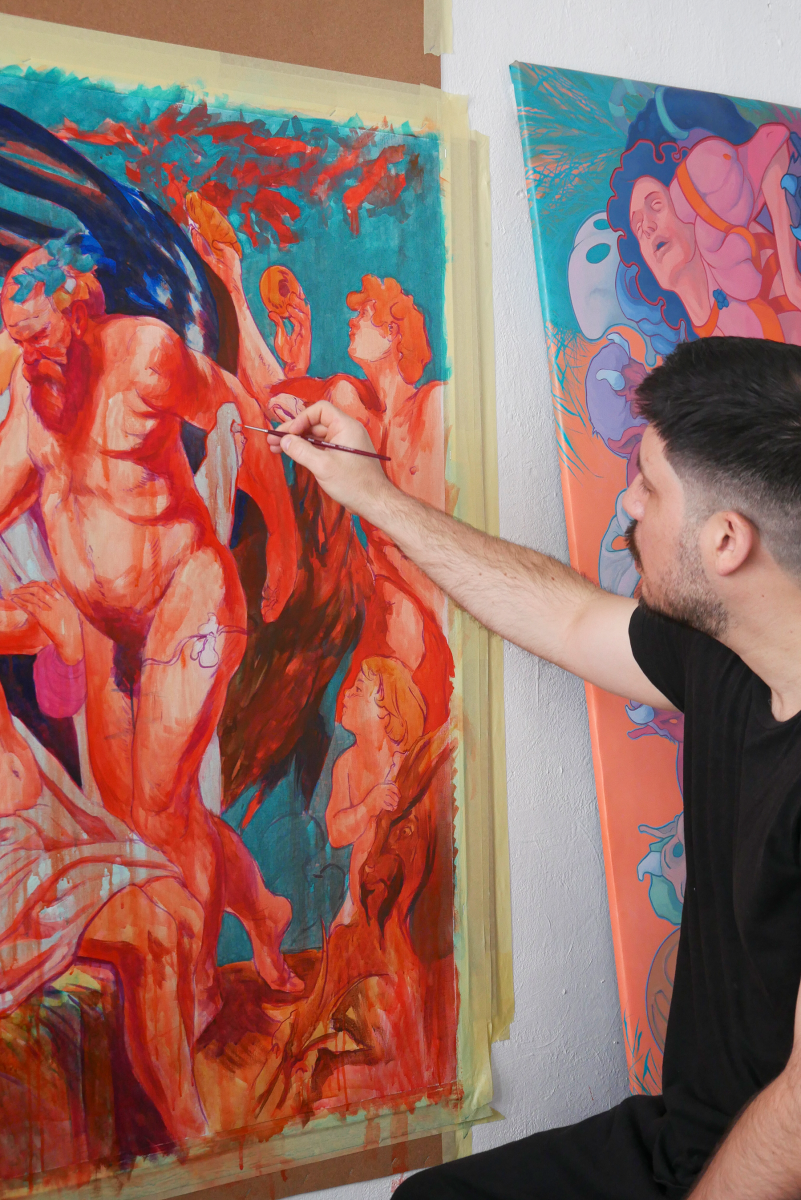
Do you have any anecdote from your career that really stands out for you?
When I finished university, I wasn’t painting and suddenly, I was a designer. And I worked as a designer for 10 years.
When I was turning 30, suddenly, I was asking myself “what am I doing with my life?” All of my childhood, I wanted to be a painter. And at that moment, I didn’t know how to draw, I didn’t know how to paint. I stopped what I was doing at the time and I decided to learn how to draw again. So, I started making one complete drawing per day. I mean, I started from scratch and finished the piece on the same day. I did that exercise for one and a half years without stopping. And in that one and a half years, I learned how to paint again, I learned how to make watercolors. I never did watercolor before. I also learned how to use a lot of materials because I was in that training-mindset. Many days I woke up early trying to finish my four or five-hour drawing and then I went to work in design. After all of that time, I achieved a really good technique that allowed me to make paintings. I participated in a young artists’ competition in Chile and I won the first prize. And after that, I said “damn, apparently now I’m a painter”. And then I started painting full time.
Can you talk about your current practice? What’s your process?
I realized that the starting point of my practice is the fact that I grew up seeing a lot of paintings in books where all the sizes of the pictures are the same, on the same page you’re going to have a Rembrandt and a Gerhard Richter, one next to the other. I would say that that was translated in my current practice.
Right now, I like to start all of my works from an image that is recognizable to some degree, it could be something that people have seen a thousand times. And I like to change it and make it my own. And in that way, I try to create a dialogue between the original painting and what that subject can mean in current times.
Paintings deal with different subjects that can also be quite dark. And when you put the same topics of old paintings into contemporaneity, they assume a new meaning.
I like to work a lot with a pop language. You can easily tell this by looking at my colors, my use of caricature and memes. I’m a son of my time. I live in a postmodern world where everything is achievable at the same distance. A meme and a master’s painting can have a dialogue at the same time. And I like to say that, in my painting, both things can be at the same level. If I am lucky, I can suddenly achieve a new connection that makes sense. When that happens, I’m happy.
For me it is also a really good sign when I start laughing at the idea of connecting this with that. I think “okay, here’s something”. Because humor is not only levity. A good joke is something that makes me think as well. This is also why I like to incorporate humor in what I do.

Since you use this pop language that could be really appealing, what do you think is your position in the art market, in the contemporary art world?
I don’t have a big problem with the art market. A lot of people do.
I paint whatever I want. If a painting happens to have another life later, when somebody buys it and hangs it in a collection, I’m okay with that. Painting is different from other types of art because it’s much easier to sell. But I’m not really thinking about selling when I’m doing my work. On the other hand, I do think about the audience. I like to make paintings that are attractive because I want to reach people that are not necessarily in the art world. I want to appeal to all of the audiences and I really find some joy when I know that I’m reaching someone that is outside this sector. For this reason I like to make my images really poppy and beautiful to look at. But at the same time, there’s some little dark humor in what I do. My paintings are not only for pleasure. I want to make people think, in some ways. For me, it’s a strategy to use beautiful images because I can bring different kinds of people to my art and when they are approaching, they start to realize what they looking at. Sometimes you realize it’s not only a painting about a landscape or a character. There’s something happening there. You are able to realize that only when you have an actual interest.
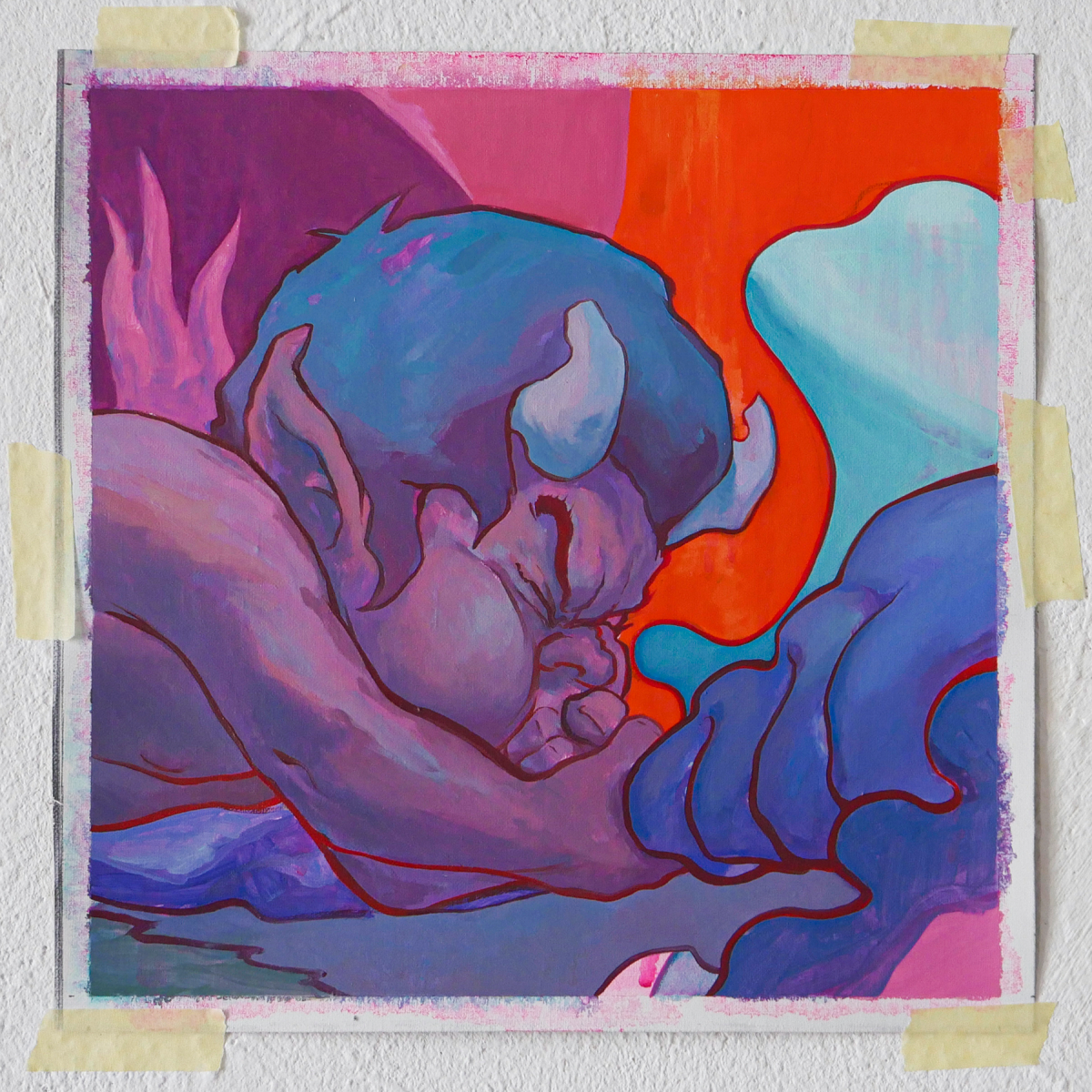
What are your sources of inspiration? What about Berlin? Has the city any influence on your production?
Berlin is one thing, but I can also think about Europe in general. Europe is the place where all the big paintings are. I grew up with that vision according to which great art is in Europe. But I’m tweaking that idea in what I do. By re-appropriating the old masters’ works, I’m trying to make those paintings my own. So, Europe in a way is very attractive because all the things that I do have one meaning in South America and the meaning changes a little when you are here in Europe, in Berlin in particular.
The main thing I can say about Berlin is that I’m feeling really free in the way I’m approaching my painting. I’m not overthinking what I’m doing. I’m feeling free both as an artist and as a person outside my studio.
I think that all of those things pour into what I’m doing. Here, I sense that the people are really interested in hearing what you’re doing and hearing your explanation. So, I feel the audience being super receptive. This is giving me the sensation of freedom because I know they’re going to pay attention. Having a good audience is really important. You can do something very complex, but in the end, you need someone that has an interest in what you do and is willing to take time, observing and understanding your practice.
Why did you join this residency?
I remember I was talking to a friend and I told him that I needed to make a change because every day seemed the same here in Chile. He told me about this residency. We have a friend in common that was here before. Later I realized there were a lot of Chileans here, including a few people that I know.
I think that a residency is a tool because it offers you a few things that you have to be receptive to. You have to take all of those things and make them work for you.
For me, one significant element is the city. In the residency, I feel that I have the freedom to work at my own rhythm and I work a lot. I like to work. But also I have to make the effort to stop and have breaks. I could be painting here all three months and it wouldn’t be a problem for me. But I think that I have to go out and go to museums, etc.

But primarily as I already said, the important part is the freedom that I’m feeling. I also enjoy all the activities. But those are additives to the main course, in my opinion.
I’m feeling the freedom of failure, as well. In the sense that I can fail in a painting. I think they’re working, but sometimes you’re too afraid. Sometimes you think you can’t spend one month on something that is not going to work. So you start doing something that feels safe.
Being trapped in that is not a good idea for me.
Here, I’m having new ideas even by walking outside. You see colors, you see textures, you see everything. And all of those things indirectly pour inside your mind, inside what you’re doing.
Of course, sharing the experience with your peers is excellent too. We’re all different and that is great. I want to see more of everyone’s process. We’re still lacking a little bit of that, but I think it’s human interaction. It’s going to work at the end.
What are your plans after?
I wasn’t planning for a big year, but it suddenly turned out to be a lot of things this year. I have to go back to Chile. When I arrive, I have a solo show. I think a lot of the work I’m doing here will go into the exhibition.
After that, I have my trip to London, because apparently I applied to a really good university and I didn’t really know it. Last year, I applied to GlogauAIR and to the Royal College of Art because I liked the program of the MA in painting. I received the letter of acceptance here in Berlin.
One part of me wished I could stay more in Berlin. But I’ve never been to London. So, I think it’s going to be a surprise. But also, I think that things worked out great. Being here in Berlin is a really good way to ease my landing in London. Here I’m in a really international place and I’m practicing my English.
I don’t know what’s going to happen. But I’m really thrilled about that.
